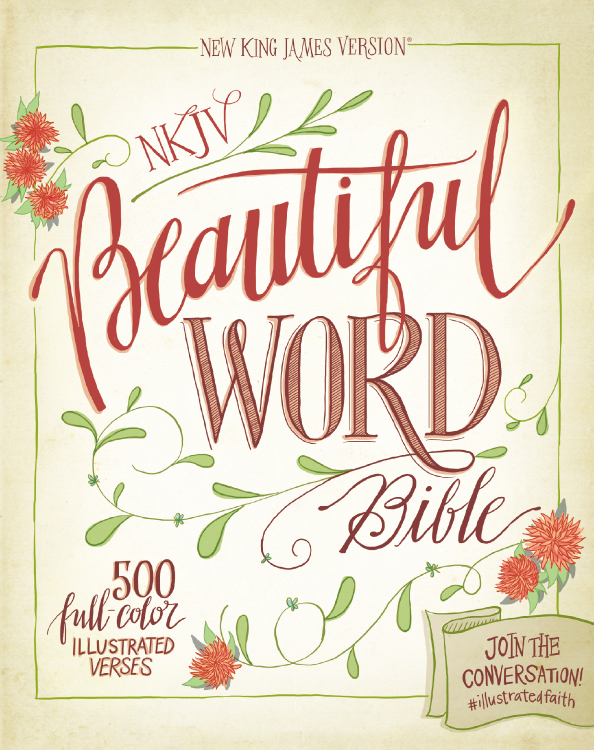 NKJV Beautiful Word Bible
NKJV Beautiful Word Bible  NKJV Beautiful Word Bible Copyright 2015 by Zondervan All rights reserved Holy Bible, New King James Version, copyright 1982 by Thomas Nelson, Inc. Used by permission All rights reserved Published by Zondervan Grand Rapids, Michigan, USA www.zondervan.com ePub Edition February 2016: 978-0-3100-0370-0
NKJV Beautiful Word Bible Copyright 2015 by Zondervan All rights reserved Holy Bible, New King James Version, copyright 1982 by Thomas Nelson, Inc. Used by permission All rights reserved Published by Zondervan Grand Rapids, Michigan, USA www.zondervan.com ePub Edition February 2016: 978-0-3100-0370-0
Library of Congress Catalog Card Number 2015947223
The text of the New King James Version (NKJV) may be quoted or reprinted without prior written permission with the following qualifications: (1) up to and including 1,000 verses may be quoted in printed form as long as the verses quoted amount to less than 50% of a complete book of the Bible and make up less than 50% of the total work in which they are quoted; (2) all NKJV quotations must conform accurately to the NKJV text. Any use of the NKJV text must include a proper acknowledgement as follows: Scripture taken from the New King James Version. Copyright 1982 by Thomas Nelson, Inc. Used by permission. All rights reserved.
However, when quotations from the NKJV text are used in church bulletins, orders of service, Sunday school lessons, church newsletters, and similar works in the course of religious instruction or services at a place of worship or other religious assembly, the following notice may be used at the end of each quotation: NKJV. For quotation requests not covered by the above guidelines, write to Thomas Nelson, Inc., Attention: Bible Rights and Permissions, P.O. Box 141000, Nashville, TN 372141000. Table of Contents
What is the difference between an eBook and a print book? eBook versions of Bibles contain all the content and supplementary materials found in the original print versions and are optimized for navigation in the various apps and devices used for display. eReaders recognize text as one fluid string and are formatted in a single column, which differs from the multi-column layout seen in many print version Bibles. Therefore, some content may not match the exact appearance of the original print version, but instead uses hyperlinks to navigate between related content.
How do I use the eBook Table of Contents? *Important Note: Be sure to consult your device manufacturers Users Guide for device-specific navigation instructions.* The is generally formatted in the same order as the original print version and hyperlinked as follows: To navigate to specific Bible books, chapters, or verses, please note the following: Book links (Ex. Genesis) go directly to the Introduction of each book, or the beginning of that Bible book if there is no introductory text. Chapter links go directly to the beginning of the chapter associated with a book. Use the devices Next Page/Previous Page buttons or functions to scroll through the verses in each chapter. Every Bible book and chapter hyperlink in the Bible text returns or goes back to the . Or, use the devices back button or function to go back to the last selection.
How do I navigate supplementary materials? Footnotes (Translators Notes) are marked with small, hyperlinked superscript letters a. Select the hyperlinked superscript letter in the main Bible text to go to the corresponding footnote. Select the hyperlinked letter to the left of the footnote(s) and you are returned to the main Bible text, or use the devices back button or function to go back to the last selection. are displayed as images, and are accessible through the Beautiful Word pointer links that are interspersed throughout the Bible text. Select the hyperlinked title Beautiful Word at the end of a Bible verse to go to the images location following the last chapter of each Bible book. If you want to enlarge the image on the screen, click or select the image, or refer to your device manufacturers instructions for enlarging images.
Use the link Return to Bible text that follows each image to go back to the Bible verse location, or use the devices back button or function to go back to the last selection. Use the link Go to the Beautiful Word Index following each image to go to the index listing all Beautiful Word illustrations. The books of the New Testament are indicated by italics.
Beautiful words, wonderful words, wonderful words of life. The closing line of Philip P. Blisss hymn says it perfectly.
Gods Word is filled with beautiful, wonderful words that give us life. The words of Scripture are indeed beautiful for their love, grace, exhortation, correction, wisdom, hope and truth. While we know that Gods Word stands alone and needs no help from us to speak to the reader, in this Bible we complemented Scripture with illustrations of Gods beautiful words. In partnership with seven unique artists who each brought their own personal creative style to 500 verses, we added visual beauty to the pages of Scripture. With the help from data collected by BibleGateway, we selected key verses online Bible readers search most often. We paired our review with an editorial eye to select verses that represented every book of the Bible and that balanced popular verses with less familiar ones.
Some verses are great to memorize, others will introduce you to a section of Gods Word that may be unfamiliar. How many women have prayed a prayer such as Hannah did in reminds us, The LORD is faithfulboth sun and rain are important to growth and he will not fail you in any season. We hope that through the beauty of these illustrated words, you will pause, read and be drawn in to explore Gods Word deeper than you have before. We also hope that the artwork will inspire you to illustrate or journal about your favorite, life-changing verses and passages in the margins of this Bible. We pray that this inspirational, Scripture-based art will open your hearts to His beautiful, wonderful words of life in a way youve never experienced. Melinda Bouma Associate Publisher, Bible Group Purpose In the preface to the 1611 edition, the translators of the Authorized Version, known popularly as the King James Bible, state that it was not their purpose to make a new translation but to make a good one better.
Indebted to the earlier work of William Tyndale and others, they saw their best contribution to consist in revising and enhancing the excellence of the English versions which had sprung from the Reformation of the sixteenth century. In harmony with the purpose of the King James scholars, the translators and editors of the present work have not pursued a goal of innovation. They have perceived the Holy Bible, New King James Version, as a continuation of the labors of the earlier translators, thus unlocking for todays readers the spiritual treasures found especially in the Authorized Version of the Holy Scriptures. A Living Legacy For more than four hundred years, and throughout several revisions of its English form, the King James Bible has been deeply revered among the English-speaking peoples of the world. The precision of translation for which it is historically renowned, and its majesty of style, have enabled that monumental version of the Word of God to become the mainspring of the religion, language, and legal foundations of our civilization. Although the Elizabethan period and our own era share in zeal for technical advance, the former period was more aggressively devoted to classical learning.
Along with this awakened concern for the classics came a flourishing companion interest in the Scriptures, an interest that was enlivened by the conviction that the manuscripts were providentially handed down and were a trustworthy record of the inspired Word of God. The King James translators were committed to producing an English Bible that would be a precise translation, and by no means a paraphrase or a broadly approximate rendering. On the one hand, the scholars were almost as familiar with the original languages of the Bible as with their native English. On the other hand, their reverence for the divine Author and His Word assured a translation of the Scriptures in which only a principle of utmost accuracy could be accepted. In 1786 Catholic scholar Alexander Geddes said of the King James Bible, If accuracy and strictest attention to the letter of the text be supposed to constitute an excellent version, this is of all versions the most excellent. George Bernard Shaw became a literary legend in the twentieth century because of his severe and often humorous criticisms of our most cherished values.




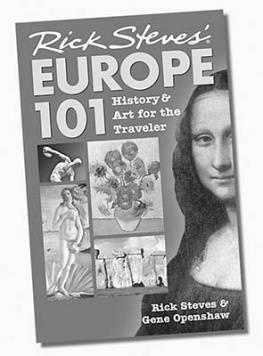




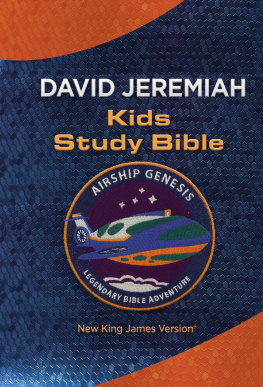
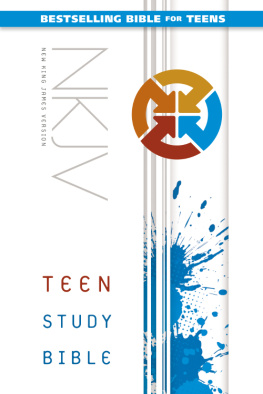

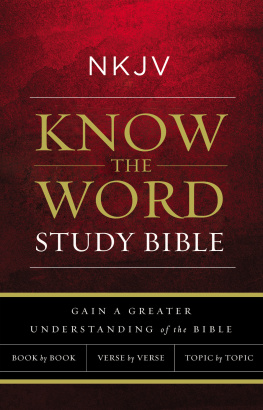
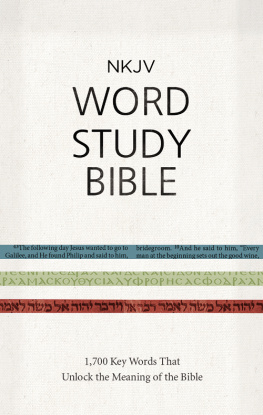
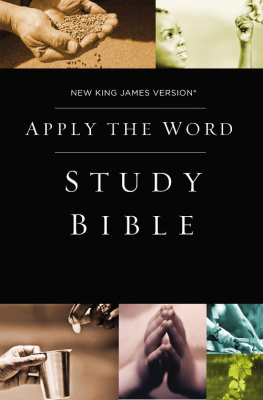
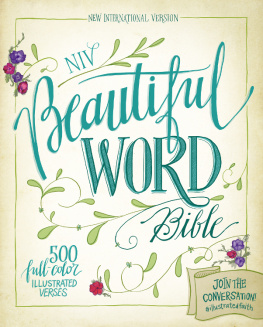

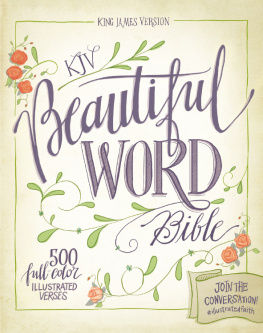
![Thomas Nelson - The NKJV Study Bible [Full-Color Edition]](/uploads/posts/book/79115/thumbs/thomas-nelson-the-nkjv-study-bible-full-color.jpg)
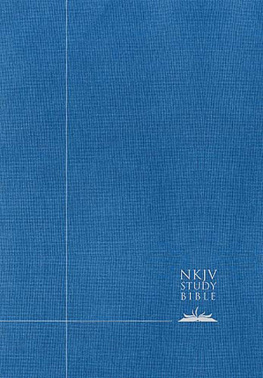
 NKJV Beautiful Word Bible
NKJV Beautiful Word Bible  NKJV Beautiful Word Bible Copyright 2015 by Zondervan All rights reserved Holy Bible, New King James Version, copyright 1982 by Thomas Nelson, Inc. Used by permission All rights reserved Published by Zondervan Grand Rapids, Michigan, USA www.zondervan.com ePub Edition February 2016: 978-0-3100-0370-0
NKJV Beautiful Word Bible Copyright 2015 by Zondervan All rights reserved Holy Bible, New King James Version, copyright 1982 by Thomas Nelson, Inc. Used by permission All rights reserved Published by Zondervan Grand Rapids, Michigan, USA www.zondervan.com ePub Edition February 2016: 978-0-3100-0370-0